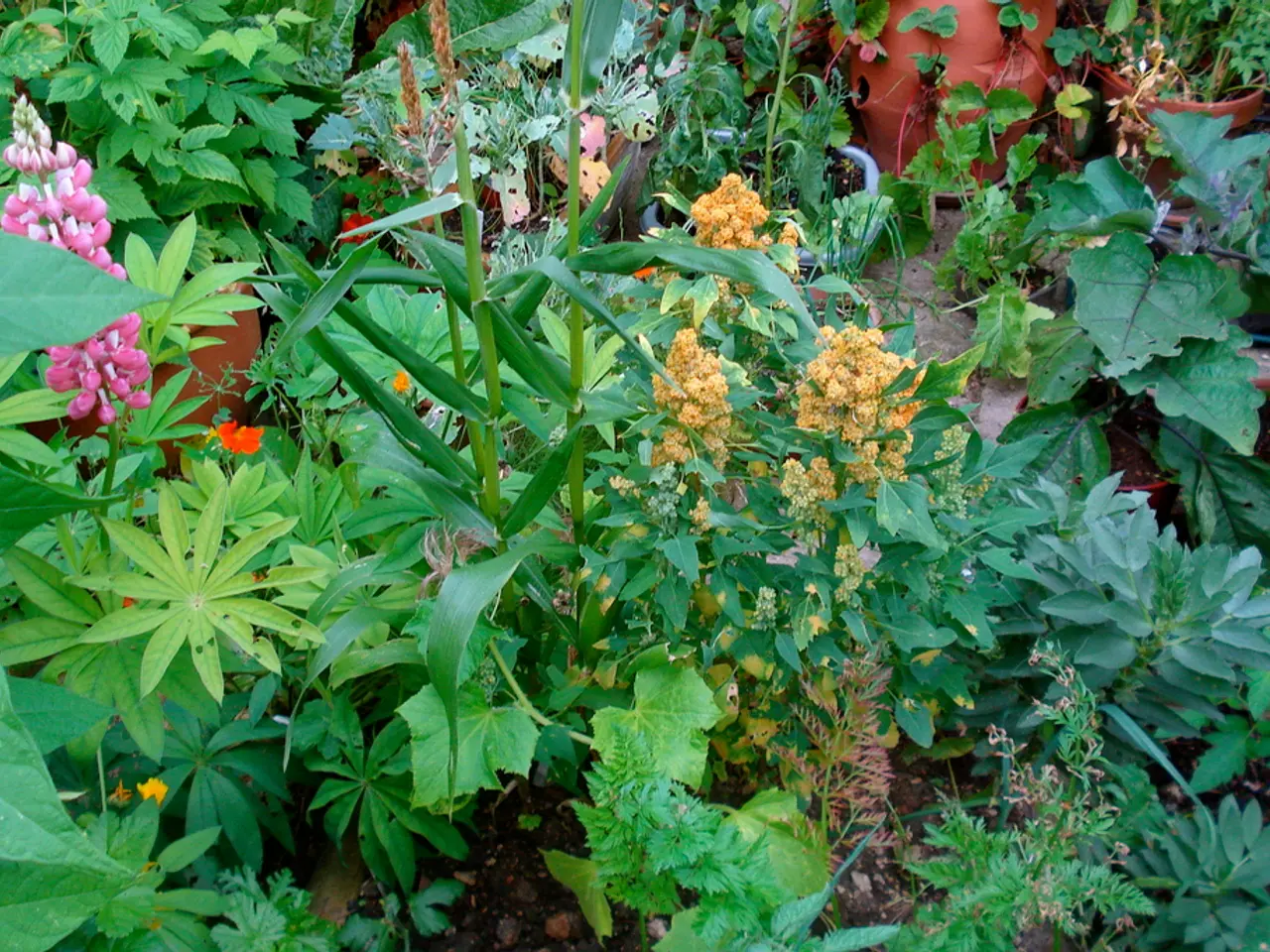Building a Community Garden in Your Neighborhood - Unforeseen Advantages and Land-Free Possibilities
As June blooms, the promise of growth extends beyond just greenery. Community gardens, a testament to the blossoming of connections and sustainability, are becoming increasingly popular.
According to Donna Letier, Co-founder of Gardenuity, these green spaces are less daunting to organize, embracing the realities of people living busy lives. They offer a sense of community, even with minimal organization.
These gardens, transforming underutilized spaces into productive green infrastructure, bring about numerous benefits for neighborhood development and social interaction.
**Food Security and Nutrition**
Community gardens provide access to fresh, affordable produce, particularly beneficial in urban food deserts. They encourage the cultivation of diverse crops, improving diet quality and nutritional well-being. By empowering residents to take control of their food systems, they promote self-sufficiency and resilience.
**Social Cohesion and Community Building**
Gardens foster connections between residents of diverse backgrounds, promoting collective ownership and strengthening social bonds. They facilitate cross-cultural exchanges and friendships, creating safe, inclusive spaces for marginalized groups. Events, celebrations, and intergenerational bonding in these spaces deepen social ties.
**Environmental Benefits**
Community gardens support biodiversity and urban cooling by creating green spaces. They contribute to environmental sustainability by sequestering carbon through plants and soil. Gardens also support pollinators and biodiversity, promoting organic, chemical-free growing methods.
**Educational Opportunities**
Community gardens offer educational programs teaching agricultural stewardship, nutrition, environmental science, and entrepreneurship. They provide youth training and after-school programs, inspiring career changes or fostering local business ventures in agriculture.
**Economic and Aesthetic Benefits**
Community gardens can increase neighboring property values and add aesthetic beauty to the area, driving community redevelopment. By transforming vacant lots, they can reduce crime and increase trust among community members.
**Health and Well-being**
Gardening activities promote physical activity, stress relief, and mental well-being. Community gardening can enhance subjective well-being and resilience compared to individual gardening.
In times of social distancing, community gardens can be a way to reimagine community connections during COVID-19. By keeping the door for participation open, many bright faces join together to keep the garden growing.
Community gardens can bring together neighborhoods, apartment buildings, and colleagues, creating a sense of unity and solidarity, along with friendships and relationships that might not have been formed otherwise. Starting a community garden is not limited to having a plot of land; it can start with a few assorted containers or a community container garden.
Sharing food in a neighborhood garden can open our eyes to the traditions of the world and help us respect and understand different cultures. A neighborhood garden provides an opportunity to share food cultures and be exposed to cultures that are not familiar.
If you need help organizing your community garden, you can reach out to CommunityGardens at Gardenuity for assistance. Starting a community garden in today's communities can be defined as bringing together neighbors' patio gardens at a special community event.
Growth inside a neighborhood can be nourishing and sustainable, providing an environment conducive to growth. Community gardening, indeed, is beneficial for people of all ages and abilities, including children, the disabled, and those who have difficulty socializing. It's a simple yet powerful way to make a difference in your community.
Gardening and lifestyle intertwine through the birth and growth of community gardens, promoting home-and-garden activities while fostering sustainable living in a busy world. In these green spaces, food security, social cohesion, and environmental benefits flourish side by side, making them a valuable addition to any community.




